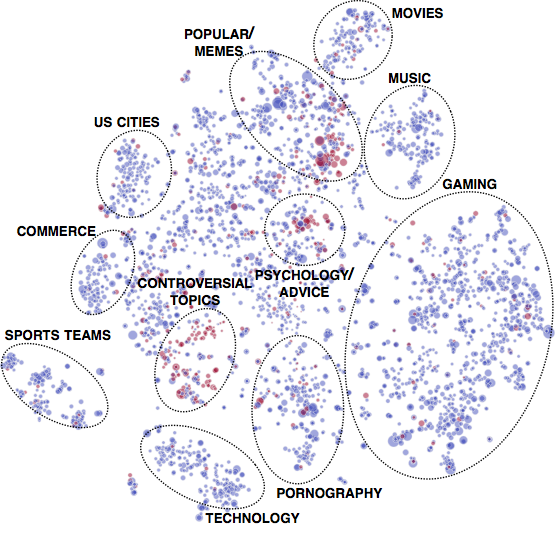I think I might make this a regular feature just to get rid of the things. Here are some documents from my downloads folder:
Between 24% and 30% of US electors, with 95% confidence, were exposed to fake news during the 2016 election campaign. Nearly all of this was pro-Trump, and it accounted for 2.6% of all news. 60% of the consumption of fake news was concentrated among the most conservative 10% of Americans by news diet. The more news in general you consumed, the more fake news you consumed. Facebook was by far the most important distributor of fake news, and more time on Facey was predictive of more fake news.
The Kerslake review of the emergency services’ response to the Manchester Arena bombing. Although the police originally thought they were dealing with a gun rampage rather than a suicide bomber, police and ambulance officers on the spot made a sensible decision to put the gun-rampage response plan on hold and the higher command supported them. As usual, ordinary people who happened to be present responded intelligently. Involving all sorts of other organisations, such as public transport, in the civil defence planning process paid dividends.
On the other hand, the fire brigade’s command and control process broke down badly and the fire brigade didn’t show up until it was all over. Ironically, the fire brigade seems to have been handicapped by its own emphasis on the autonomous discretion of the fire chief on the spot; until someone was assigned as commander, nothing could happen. The fire brigade also used a joint control room with several other fire brigades, which was a problem as this centre wasn’t allowed to make decisions but the people who were allowed were isolated from the information it had.
Vodafone UK had a contract to supply a load-balanced inbound telephony service for the casualty bureau and subcontracted important elements of this to something called “Content Guru”, which loused it up comprehensively. Although there was a special “interop” channel on the Airwave radio network, nobody bothered to use it, possibly because they didn’t need even more phone calls when they were busy. Also, journalists are frequently horrible, campaigns with politicians emoting over collecting tins can be counterproductive, and…eh…maybe “Content Guru” was a bad choice.
Charles F. Manski savages the IQ nutters:
The somewhat mystifying technical intricacies of heritability research—its
reliance on outcome data for biological relatives, usually twins or siblings, and on various strong statistical assumptions—derived from the desire of researchers to make heritability estimable despite the fact that g and e were metaphorical.
Burn!
What predicts flamewars and what can we do about them? Srijan Kumar, William L. Hamilton, Jure Leskovec, and Dan Jurafsky studied raids between subreddits and discovered that the vast majority of intercommunity conflicts are initiated by a small minority of communities (the top 1% cause 74%, the top 0.1% cause 38%), that conflicts tend to happen between similar rather than dissimilar communities, and that opinion leaders start the trouble and egg accounts pile in. It works the same way on the defending side. They theorise that less well-known participants are especially aggressive because they want attention and respect from the blue ticks.
Importantly, a small fraction of the defenders are involved in most of the fighting against multiple attackers. Whether or not defence is successful hinges on how many one-to-one interactions happen between defenders and attackers. Also, just yelling harder seems to help; successful defence was associated with more use of “angry words” and especially a higher ratio of angry words towards attackers vs. angry words in general. They also developed a machine-learning model that had about 76% success in predicting what shitpost would start a fight, and made this rather wonderful map. Red is worse.
A criticism of mine: this doesn’t account for attackers from category X using the ultra-high traffic “popular/memes” category as a reflector to push more traffic into category Y. It’s still a strange thought that football drives less of this recognisably football-y behaviour than “advice”.
The F-35 – not so much an aircraft as a massive lump of software. I need to finally do that blog post, not least because I think the people in here are barking up the wrong tree.
